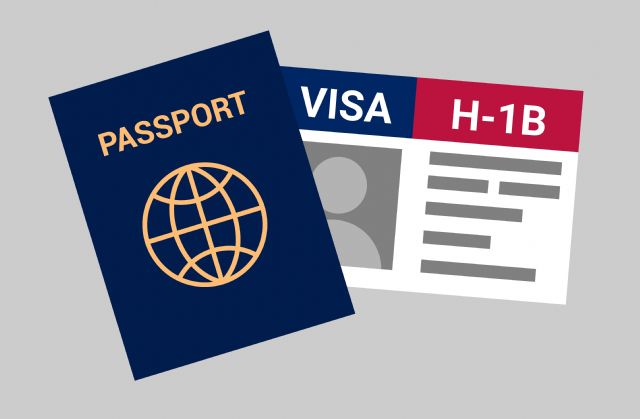H-1 B Work Visa

The H-1B work visa is a non-immigrant visa that allows U.S. companies to employ foreign workers in specialty occupations that require theoretical or technical expertise. This visa is popular among professionals in fields such as IT, engineering, healthcare, finance, and science.
Key Features of the H-1B Visa:
- Specialty Occupations: To qualify for an H-1B visa, the job must be considered a specialty occupation, which typically requires at least a bachelor’s degree or higher in a specific field related to the job. Common fields include:
- Information Technology (IT)
- Engineering
- Mathematics
- Architecture
- Medical professions
- Physical sciences
- Business specialties
- Employer Sponsorship: The H-1B visa requires sponsorship from a U.S. employer. The employer must offer a job and petition the U.S. Citizenship and Immigration Services (USCIS) on behalf of the foreign worker. The employer must also demonstrate that no qualified U.S. workers are available for the position.
- Visa Cap: The H-1B program has an annual visa cap set by Congress:
- 65,000 visas are available each fiscal year.
- An additional 20,000 visas are available for individuals who have earned a master’s degree or higher from a U.S. institution.
- Certain employers, like non-profits and universities, are cap-exempt, meaning they can file for H-1B visas year-round without being subject to the cap.
- Lottery System: Due to the high demand for H-1B visas, a lottery system is used to randomly select petitions when the number of applications exceeds the available visa cap. The lottery typically takes place in April, and selected applicants are eligible to start working in the U.S. on October 1st of the same year.
- Duration: The initial duration of the H-1B visa is three years, but it can be extended up to a maximum of six years. In some cases, extensions beyond six years are possible, especially if the worker has started the process for obtaining permanent residency (a green card).
- Prevailing Wage Requirement: Employers must pay H-1B workers at least the prevailing wage for the occupation and location. This ensures that H-1B employees are paid fairly and prevents the undercutting of wages for U.S. workers.
- Dual Intent: Unlike some non-immigrant visas, the H-1B allows for dual intent, meaning the visa holder can pursue permanent residency (a green card) while on the H-1B visa without jeopardizing their non-immigrant status.
- Dependents: H-1B visa holders can bring their spouse and children (under 21) to the U.S. on an H-4 visa. While H-4 visa holders cannot work by default, in some cases, spouses of H-1B holders who are in the process of obtaining a green card may apply for work authorization (EAD).
- Portability: H-1B visa holders can change employers by transferring their visa to a new employer, provided the new employer files a petition with USCIS. The visa holder can start working for the new employer as soon as the petition is filed.
Common Steps for Obtaining an H-1B Visa:
- Job Offer: Secure a job offer from a U.S. employer willing to sponsor you.
- Petition: The employer files a Labor Condition Application (LCA) with the U.S. Department of Labor and submits an H-1B petition (Form I-129) to USCIS.
- Lottery (if applicable): If more petitions are filed than available visas, a lottery will determine which petitions are selected.
- Visa Approval: If the petition is selected and approved, the worker can apply for the H-1B visa at a U.S. consulate and, if approved, enter the U.S. to begin employment.
The H-1B visa is one of the most sought-after work visas in the U.S., particularly for individuals in high-demand, specialized fields.
